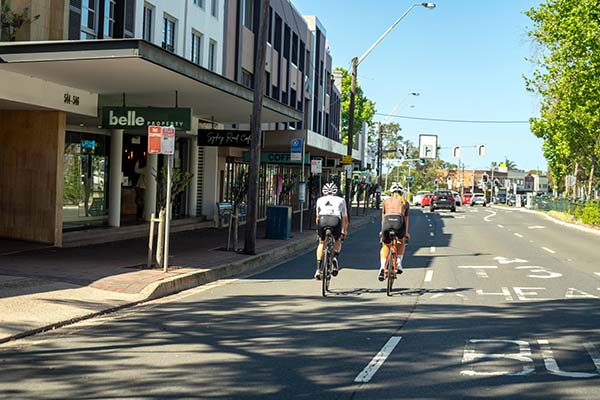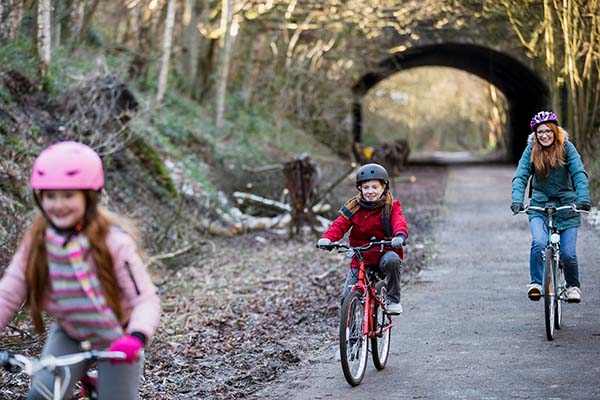How much can be saved by not driving? We know that walking, riding and catching public transport is cheaper. Just how much cheaper is a question we’ve been asking at Bicycle NSW and the numbers are impressive.

Whilst wages remain stagnant, petrol skyrocketed to $2.10 per litre. To add insult to injury, coffee is predicted to climb from $4 to $7 a cup by year’s end! Inflation at 5% and rising, is partly to blame aggravated by floods, the pandemic and war in the Ukraine. So, after crying into my International Roast, I ran some comparisons around commuting by bike.
I live 9.1 km from where I work in the centre of Sydney. I work from home 3 days pw and ride to work 2 days pw. If it’s really wet, or I’m feeling lazy, I’ll get public transport (PT). The squeaky 2005 Swift gets a light run in heavy East-West city traffic mostly 3 days pw for kids, errands and a bit of shopping.
To be honest, a lot of these trips are unnecessary and a result of caving into kids’ demands to be driven rather than PT. I would love for them to cycle or walk to school but the roads are still too damn dangerous.
If we had safe paths to school and 30 km limits on quiet suburban streets, like they do in Europe, I could lose the Swift and save at least $7704 every year- i.e., yearly average cost of ownership (spread out over 5 years), fuel, rego, insurance, maintenance, parking and tolls. Fuel estimate = $2770. Yearly average cost of owning and maintaining my bike (divided by 5) = $350. Fuel cost = 0 (if you don’t count the caffeine). When I divorce from Swifty, I’ll save at least $7704 PA!

Alicia in contrast is a single mum with two primary school-aged kids, living within 5 km of the city, doesn’t own a car, and gets around by bike, public transport, and the very occasional taxi. Alicia’s weekly amortized transport spend (including $100 PA bike maintenance) = $11! That’s $572 PA!
‘It’s so not a problem. Living within 5 kms of work, there’s no reason to own a car. Sure cars make some things easy- you can just jet from A to B to C and not have to think. But I can get there quicker and not have to worry about parking’.
But that’s Sydney. When I lived in Lismore in regional NSW, only the brave rode bikes (or horses) into town on poorly maintained roads with perilous shoulders. Rural health is worse on average than in the urban centres due to lack of facilities including access to active transport infrastructure. Safety concerns are hindering most of us from riding more, but car and fuel costs are changing people's attitudes fast.
In 1973 there was a global oil shock which hammered the cost of living. This spurned the state-of-the-art boom in bicycle riding in the Netherlands which spread to Europe. It was great for business, health and the environment. Australia went with the car. With cost of living again at record levels we’re back at the crossroads.
This is why BNSW is campaigning hard for networked cycling and walking facilities, fully integrated with PT as well as lower speed limits for non-arterial suburban streets.

